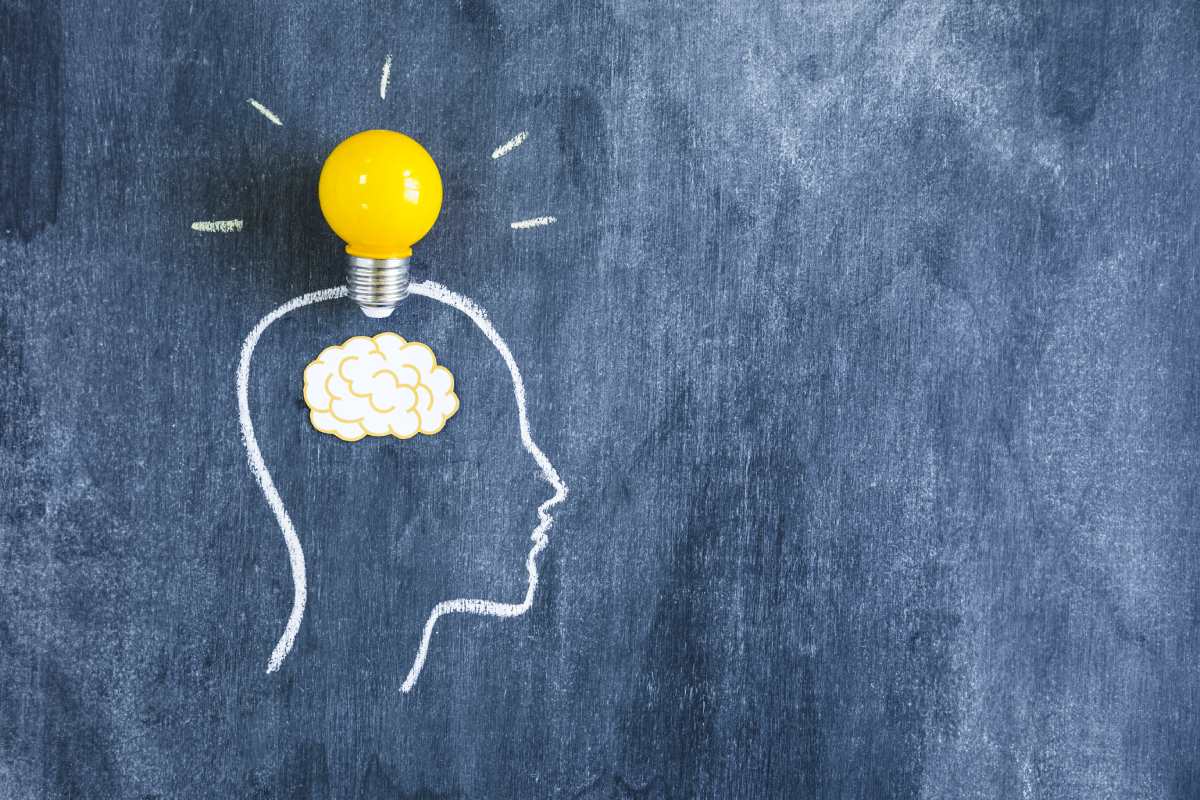
Photo Credit: Freepik.com
Mental Health and Creativity: Unconventional Outlets for Expression
In the realm of mental health, creativity serves as a powerful means of expression and coping. Beyond traditional outlets, individuals have discovered unconventional avenues to channel their emotions and enhance their well-being. This article explores the intricate relationship between mental health and creativity, shedding light on unique outlets that offer therapeutic benefits.
Unique therapeutic Outlets:
1. Art in Unusual Forms:
Research suggests that engaging in unconventional art forms, such as graffiti, digital art, or even body painting, can provide an expressive outlet for individuals grappling with mental health challenges. These unconventional methods allow for a unique blend of emotions and creativity, fostering a sense of liberation and self-discovery.
2. Therapeutic Writing Platforms:
Beyond conventional journaling, online platforms like blogging and micro-fiction communities provide a space for individuals to share their experiences creatively. Research indicates that this form of expression not only aids in processing emotions but also creates a supportive community where individuals can find understanding and empathy.
3. Music Beyond the Norm:
Exploring non-mainstream music genres or creating experimental compositions can be a therapeutic journey. Studies have shown that the act of producing or immersing oneself in unconventional sounds can have a positive impact on mental well-being, offering an escape from conventional norms.
4. Movement Arts and Mental Health:
Dance, parkour, or even freestyle movement have been found to significantly contribute to mental health improvement. Research supports the idea that unconventional movement arts not only provide a physical release but also serve as a form of mindfulness, promoting a stronger mind-body connection.
5. Digital Gaming as a Creative Outlet:
Contrary to common perception, video games can be more than just a pastime; they can serve as a creative outlet. Research shows that game design, storytelling within games, and even online collaboration in virtual worlds can contribute to enhanced cognitive abilities and emotional well-being.
How can these be used in therapy settings in mental health?
1. Art Therapy:
Incorporate unconventional art forms, such as graffiti or digital art, into therapeutic practices. Encourage clients to express their emotions through creative outlets, fostering self-discovery and providing therapists with insights into their inner worlds.
2. Therapeutic Writing Sessions:
blogging or micro-fiction writing into therapy sessions. This can facilitate communication, allowing clients to articulate their thoughts and emotions creatively. Online platforms can also provide a sense of community and support.
3. Musical Expression in Therapy:
Explore music therapy that involves creating non-traditional compositions or engaging with alternative genres. Encourage clients to use music as a tool for self-expression, providing a non-verbal outlet for emotions that may be challenging to articulate.
4. Incorporating Movement Arts:
Integrate unconventional movement arts like dance or parkour into therapeutic interventions. Physical expression can be a powerful complement to verbal communication, allowing clients to connect with their bodies and emotions uniquely.
5. Utilizing Digital Gaming:
Introduce elements of game design or virtual world exploration in therapy, particularly for tech-savvy clients. This can provide a safe space for expression and collaboration, fostering creativity and cognitive engagement.
6. Group Activities:
Organize group sessions that incorporate unconventional creative outlets. This can create a supportive environment where individuals can share their experiences, reducing isolation and promoting a sense of community.
7. Personalized Creative Plans:
Tailor therapy plans to individual preferences and interests. Understanding a client’s inclination toward unconventional creative outlets allows therapists to design personalized interventions that resonate with the individual’s unique needs.
8. Mindfulness and Creative Practices:
Integrate mindfulness techniques with creative activities, combining the benefits of both. This holistic approach can help clients build resilience, manage stress, and enhance their overall mental well-being.
Conclusion:
By incorporating these unconventional outlets into therapy, mental health professionals can tap into the therapeutic potential of creative expression, providing clients with diverse tools to navigate and improve their mental health. The key lies in adapting these approaches to individual preferences and fostering a collaborative and supportive therapeutic environment.
Mental health and creativity share a symbiotic relationship, with unconventional outlets offering unique avenues for expression. Exploring these non-traditional methods can provide individuals with diverse ways to navigate and manage their mental well-being. As research continues to uncover the intricate links between creativity and mental health, embracing unconventional outlets becomes not only a form of expression but also a powerful tool for holistic well-being
– Urveez Kakalia.
